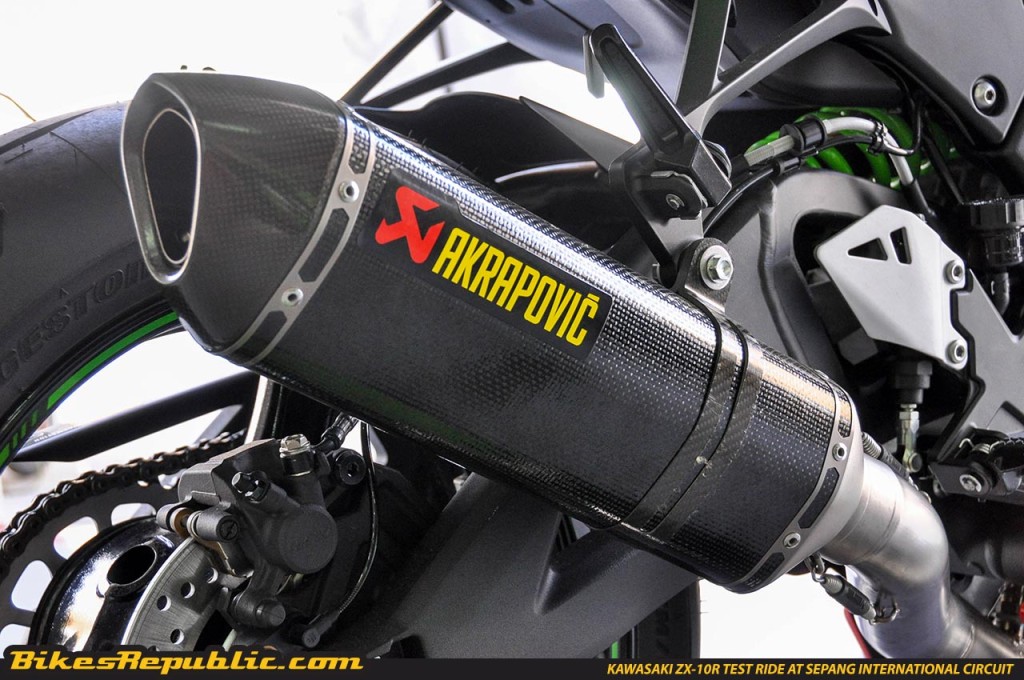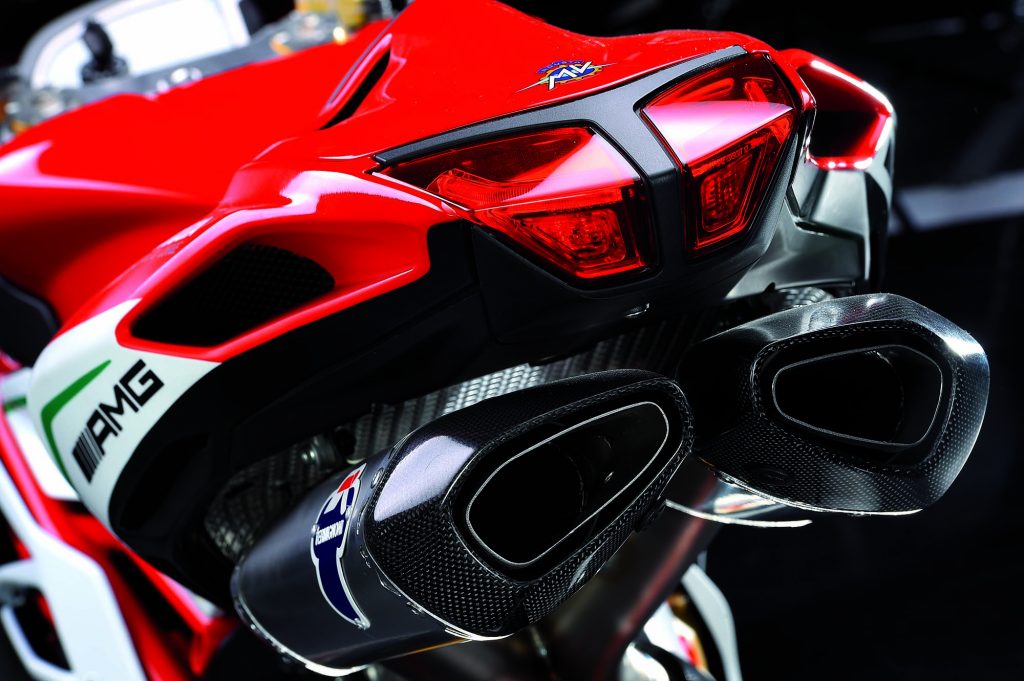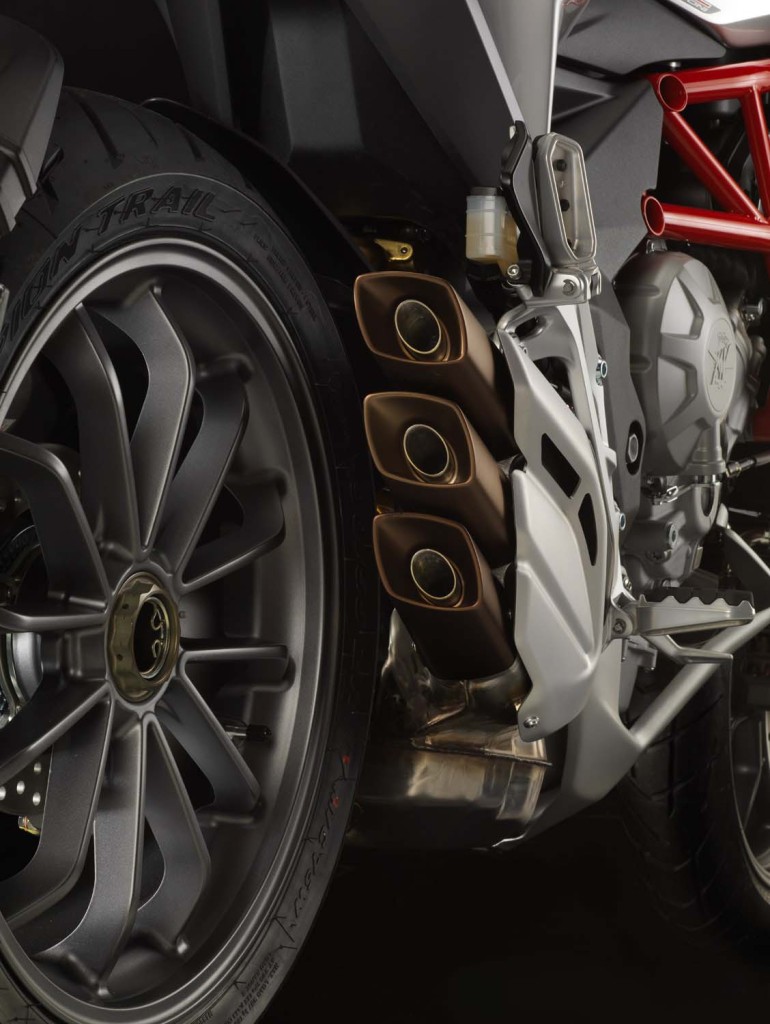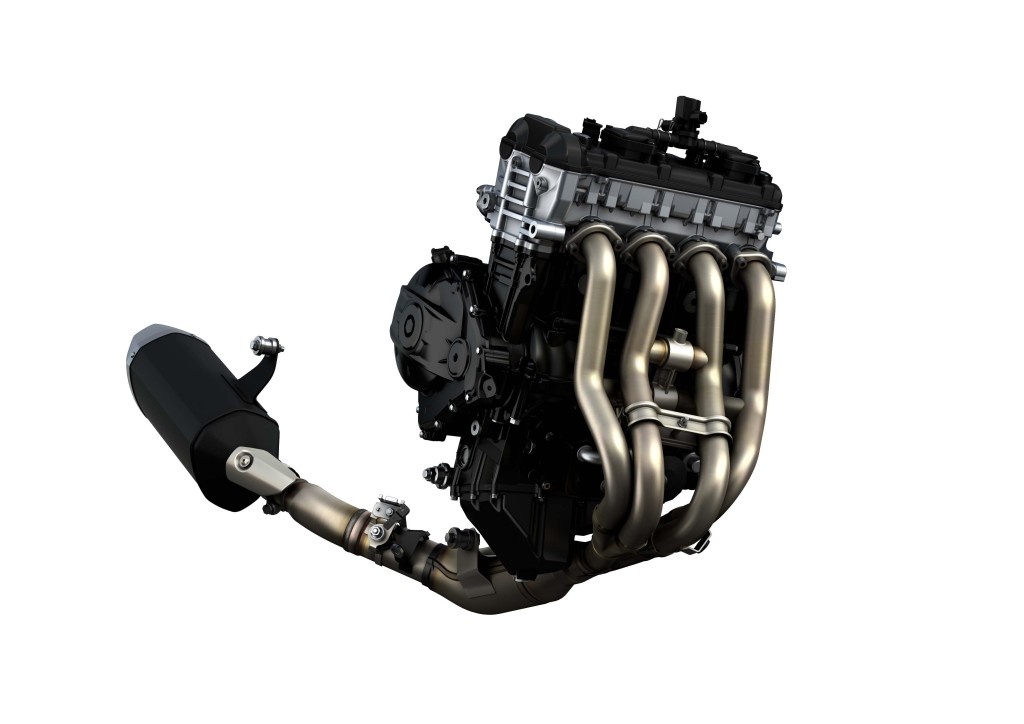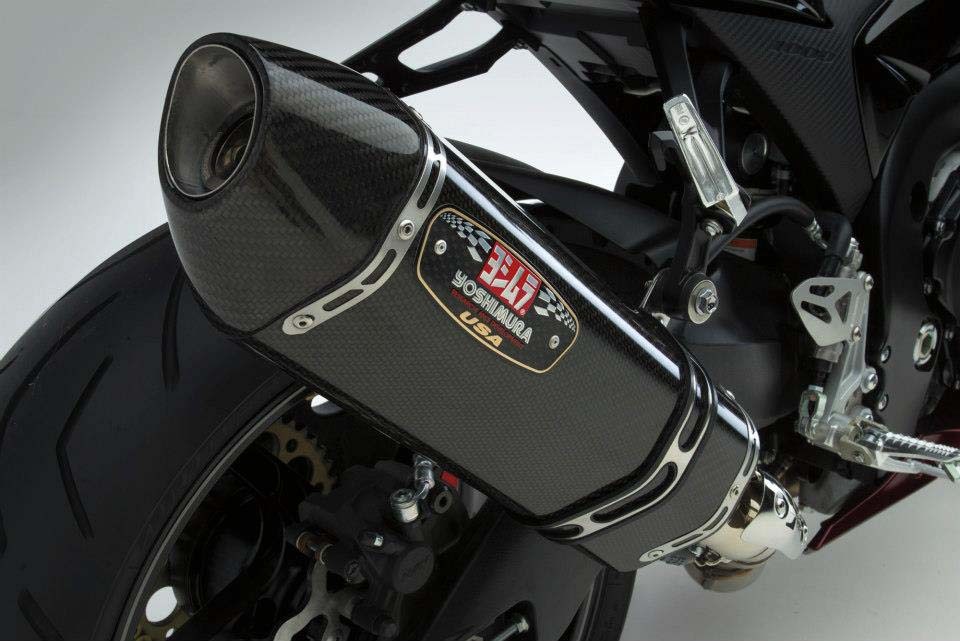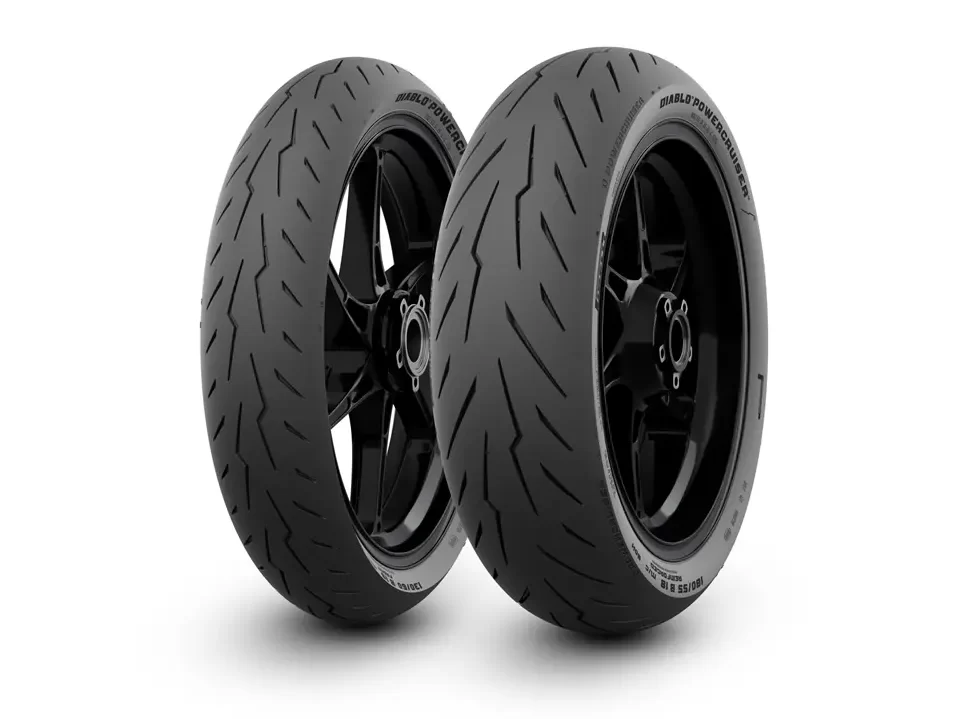A guide towards understanding motorcycle exhaust systems and how tuning affects them.
Probably the most common modification out there, a tuned exhaust system will boost your street cred. But what about performance gains? Here’s what you ought to know.
Standard motorcycle exhaust systems are built to meet strict noise and emission standards. They route poisonous gases from the engine to the outside world, and must do it in the least offensive way possible. So they’re restricted, although the bulk of the restriction is in the end can with headers and down pipes focused on influencing power characteristics.
The exhaust system must scavenge gases as efficiently as possible to make way for optimum intake. The better the flow of the gases through the system, the larger the quantity of gas the exhaust will be able to scavenge, the greater the vacuum in the combustion chamber will be and the stronger the next intake.
Pressure waves play a big part in optimizing the flow of gases. The sound of the exhaust gas expelled from the exhaust valve forms a high pressure wave that travels down through the pipe. As it reaches the open end, it’s reflected back up the pipe as a low pressure wave.
If the low pressure wave arrives at the exhaust valve just as it’s opening again it helps to scavenge the next charge of gas, improving the engine’s efficiency. As low pressure waves travel back up the pipe they’re inverted once more into high pressure waves. If these reach the exhaust valve just as it’s closing they can force any fresh inlet charge that might be escaping past it back into the cylinder, which also improves the engine’s efficiency.
The length of the header pipes determine where the pressure waves are, and they need to take account of engine speed. A low pressure pulse that can reach an exhaust valve at 4,000rpm might only be half way towards it at 8,000rpm, so you end up with low pressure waves arriving at exhaust valves when you need high pressure ones.
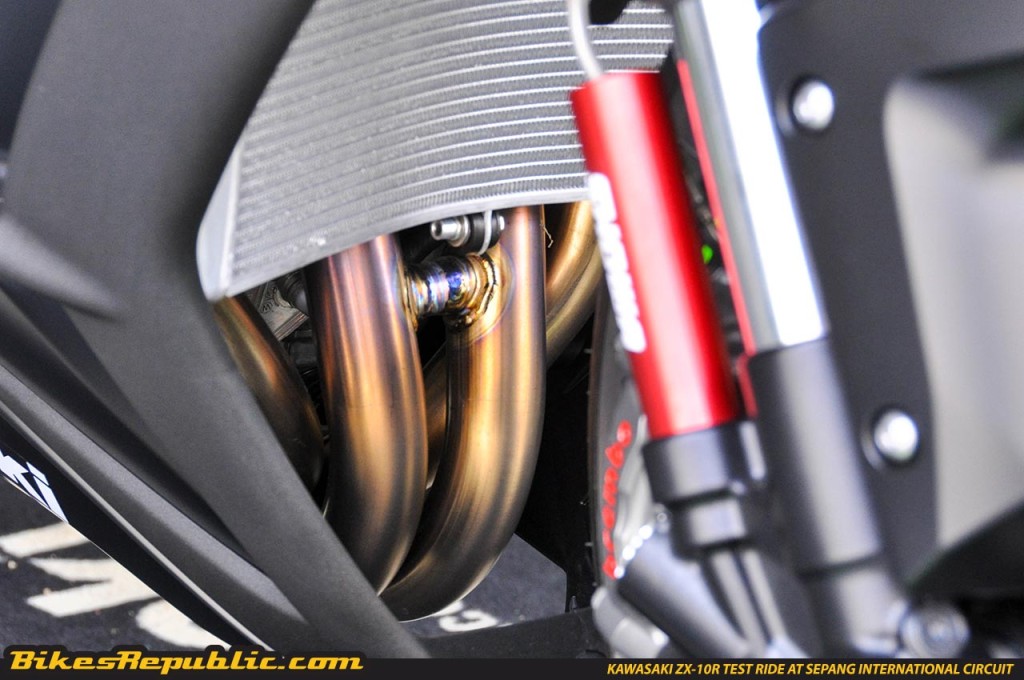
Other factors come into play; a larger pipe bore will flow more gas thus boosting the top-end, while a smaller bore will suck burnt gases from the cylinder faster to boost low-end power. Tapering of the pipes also speeds up the flow. Formation affects the characteristics too; a 4-1 system will boost top end while a 4-2-1 broadens the powerband.
Ultimately, exhausts are designed for optimum power at either low or high revs. Some manufactures fit electronically controlled valves in their exhaust systems to control the flow pressure waves at lower revs without sacrificing so much higher up. They are usually lost with an aftermarket system, but as they only do their work up to about 4,000rpm or so, losing them won’t sacrifice as much drivability as you might think.
Race systems, on the other hand, work under the assumption that you want to sacrifice drivability for maximum power. While it could add up to 15bhp in the higher rev ranges, the bike could end up felling rather flat at anything below 8000rpm. Meanwhile, the standard downpipes deliver useable rather than ultimate power.
If the exhaust system is improved without a fuelling remap, the engine may be unable to draw in more fuel, drawing in more air instead which will dilute the mixture. However, clever design, taking advantage of a bike’s rich standard fuelling set-up that’s optimised to meet emission regulations, means some full systems work well on standard bikes without fuelling modifications.
Changing the end can (slip-ons) is a more popular and less radical modification. A standard silencer routes the noisy gases back and forth through a series of energy sapping chambers before releasing them quietly. By not complying with noise levels, an aftermarket can will flow the gases more directly, reducing the average gas pressure (back pressure) in the system so the gases escape more easily.
Results vary depending on a bike’s standard set-up, but the engine should make more power even without a remap so as long as the can is well designed. An aftermarket end can alone is usually not enough to make an engine run dangerously lean.
The verdict
A full race system will get you more power but at the expense of drivability, while an aftermarket end can will release less power but without drastic effects on the powerband – or the absolute need for a remap.

